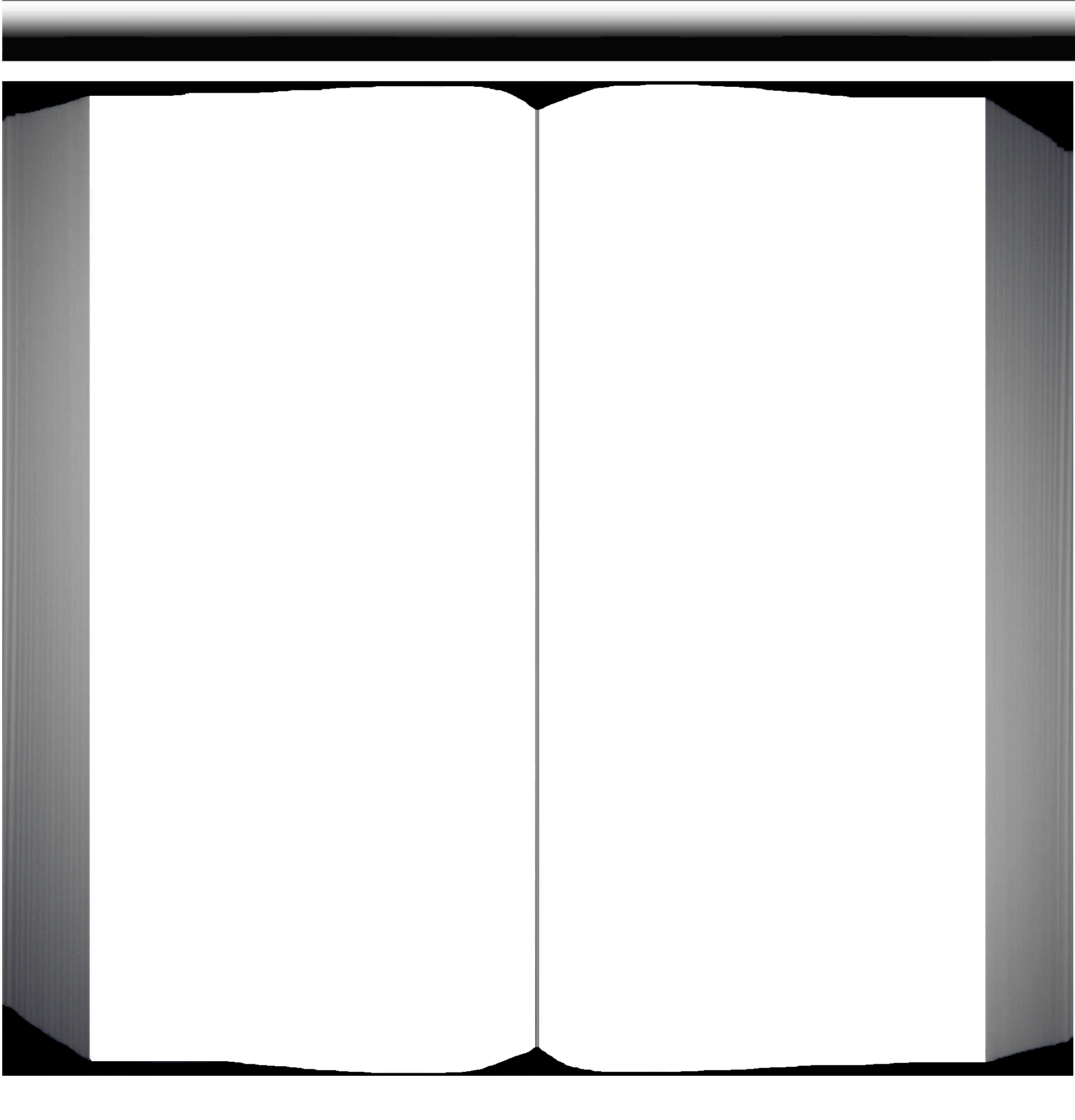

In 1272 Henry III of England died and his son Edward became King Edward I of England
When King John died on the 19th of October 1216 his son Henry became King Henry III of England.
In 1251 ten year old King Alexander of Scotland married Princess Margaret, the daughter of King Henry III of England, and Henry attempted to make his young son–in-law pay homage to the English throne thus gaining influence over Scotland. On the 19th of March 1286 Alexander III also died leaving the Scottish throne in contention. The closest relative was Margaret Maid of Norway but in 1290 she too died without any heirs.
Many Lords turned to Alexander’s English uncle King Edward I of England to help judge the contenders to the Scottish throne and he judged that John Balliol, who was the great-great-great grandson of King David I of Scotland, was the rightful heir. On the 17th of November 1292 Balliol was pronounced King of Scotland. But Edward wanted the new king to pay homage to the English Crown as well as support from Scotland with his war with France. The Scottish lords believed that their new king was compromised by Edward and may agree to support England’s war. They formed the council of twelve at Stirling in July 1295, Balliol signed a treaty with King Philip IV of France in 1295.
The treaty with France, known as the Auld Treaty, stated that if England invaded France then Scotland would invade England, and vice versa. Edward became aware of this alliance and strengthened England’s northern defences. He placed Robert Bruce (the future king of Scotland’s father) as the governor of Carlisle Castle (England’s main defence against a possible Scottish invasion). On the 26th of March 1296 Scottish forces led by Balliol invaded England and attacked Carlisle Castle. Robert Bruce successfully held the castle and forced a retreat of the Scottish forces. King Edward was furious and ordered Robert de Clifford to lead an army to sack the City of Berwick in response. King Edward (also known as Edward Longshanks due to his height) was a seasoned military commander. He had fought in the 9th Crusade and when someone attempted to assassinate him he pulled the poisoned dagger, Edward took out the dagger and fought off the would-be-assassin. He was angered by what he saw as a betrayal by the Scottish nobles in siding with the French and further outraged by the attempted invasion and sacking of Carlisle. He ordered Clifford to make an example in Berwick, leaving no-one alive.
On the 30th of March 1296 the English forces reached Berwick and followed their orders precisely brutally killing all the inhabitants be it man, women or child. It is believed that 10,000 Scotsman were killed during the sacking of Berwick and this is considered the start of the 1st Scottish War of Independence.
King Edward Had reached Berwick in early April and while his men were strengthening the defences of the city, the Scottish King John sent a message to Edward renouncing homage to King Edward. Edward was once again outraged and wanted to face King John in person, saying simply "O' foolish knave! What folly he commits. If he will not come to us we will go to him". With that King Edward sent his men north to the Castle at Dunbar hoping to draw King John and his forces into battle. News was sent from Dunbar to King John of the approaching forces in the hope that he would send help. John did indeed send help to Dunbar but he did not lead the forces. On the 27th of April 1296 the English met with the Scottish forces in the Battle of Dunbar and make quick work of defeating them. More than a hundred knights and lords were sent to England and imprisoned. After that most of the Scottish defences surrendered without a fight and King John Fled north. The English King also headed north in pursuit but growing weary he sent word to John requesting peace upon his surrender. King John met with King Edward on the 2nd of July 1296 where he surrendered. King John was made to end the treaty with France and was publically forced to abdicate as King of Scotland. This involved him having his Royal robes ripped from his body which gave him the nickname of John Empty Coat. He was then sent to the Tower of London where he was imprisoned.